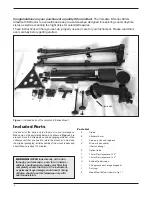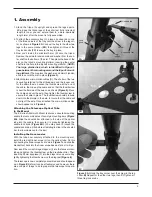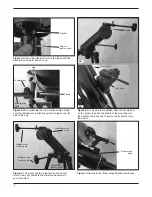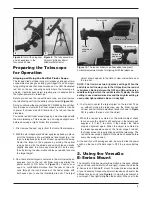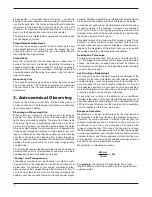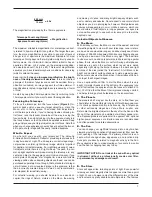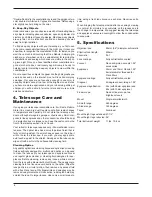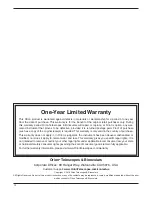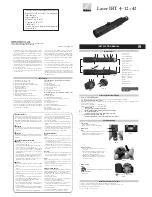
8
“Double-Double” in the constellation Lyra and the gorgeous two-
color double star Albireo in Cygnus are favorites. Defocusing a
star slightly can help bring out its color.
E. Deep-Sky Objects
Under dark skies, you can observe a wealth of fascinating deep-
sky objects, including gaseous nebulas, open and globular star
clusters, and different types of galaxies. Most deep-sky objects
are very faint, so it is important you find an observing site well
away from light pollution.
To find deep-sky objects with your telescope, you first need
to become reasonably familiar with the night sky. Unless you
know how to recognize the constellation Orion, for instance, you
won’t have much luck locating the Orion Nebula. A simple pla-
nisphere, or star wheel, can be a valuable tool for learning the
constellations and seeing which ones are visible in the sky on
a given night. Once you have identified a few constellations, a
good star chart, atlas, or astronomy app will come in handy for
helping locate interesting deep-sky objects to view within the
constellations.
Do not expect these objects to appear like the photographs you
see in books and on the internet; most will look like dim gray
smudges. Our eyes are not sensitive enough to see color in
deep-sky objects except in a few of the brightest ones. But as
you become more experienced and your observing skills get
sharper, you will be able to ferret out more and more sub¬tle
details and structure.
4. Telescope Care and
Maintenance
If you give your telescope reasonable care, it will last a lifetime.
Store it in a clean, dry, dust-free place, safe from rapid changes
in temperature and humidity. Do not store the telescope out-
doors, although storage in a garage or shed is okay. Small com-
ponents like eyepieces and other accessories should be kept
in a protective box or storage case. Keep the dust cover on the
front of the telescope when it is not in use.
Your refractor telescope requires very little mechanical main-
tenance. The optical tube has a smooth painted finish that is
fairly scratch-resistant. If a scratch does appear on the tube, it
will not harm the telescope. If you wish, you may apply some
auto touch-up paint to the scratch. Smudges on the tube can be
wiped off with a soft cloth and household cleaning fluid.
Cleaning Optics
Any quality optical lens cleaning tissue and optical lens cleaning
fluid specifically designed for multi-coated optics can be used
to clean the lenses of your telescope and eyepieces. Never
use regular glass cleaner or cleaning fluid designed for eye-
glasses. Before cleaning, remove any loose particles or dust
from the lens with a blower bulb or soft brush. Then apply some
cleaning fluid to a tissue, never directly on the optics. Wipe the
lens gently in a circular motion, then remove any excess fluid
with a fresh lens tissue. Oily fingerprints and smudges may be
removed using this method. Use caution; rubbing too hard may
scratch the lens. On larger lenses, clean only a small area at a
time, using a fresh lens tissue on each area. Never reuse tis-
sues.
When bringing the telescope inside after an evening’s viewing
it is normal for moisture to accumulate on the lenses due to
the change in temperature. We suggest leaving the telescope
and eyepieces uncovered overnight to allow the condensation
to evaporate.
5. Specifications
Objective lens:
90mm (3.5") diameter, achromatic
Effective focal length:
600mm
Focal ratio:
f/6.7
Lens coatings:
Fully antireflection coated
Focuser:
Rack-and-pinion, accepts 1.25"
accessories
Eyepieces:
25mm and 10mm Plossls,1.25"
barrel diameter, threaded for
Orion filters
Eyepiece coatings:
Fully antireflection coated
Diagonal:
45-degree correct-image, 1.25"
Eyepiece magnification:
24x (with 25mm eyepiece) and
60x (with 10mm eyepiece)
Finder scope:
Red dot finder scope, two
brightness levels
Mount:
Single-arm altazimuth
Azimuth range:
360 degrees
Altitude range:
180 degrees
Tripod:
Aluminum
Mount height, legs extended: 57-1/4"
Mount height, legs retracted: 36"
Total instrument weight:
11lbs. 10.8 oz


